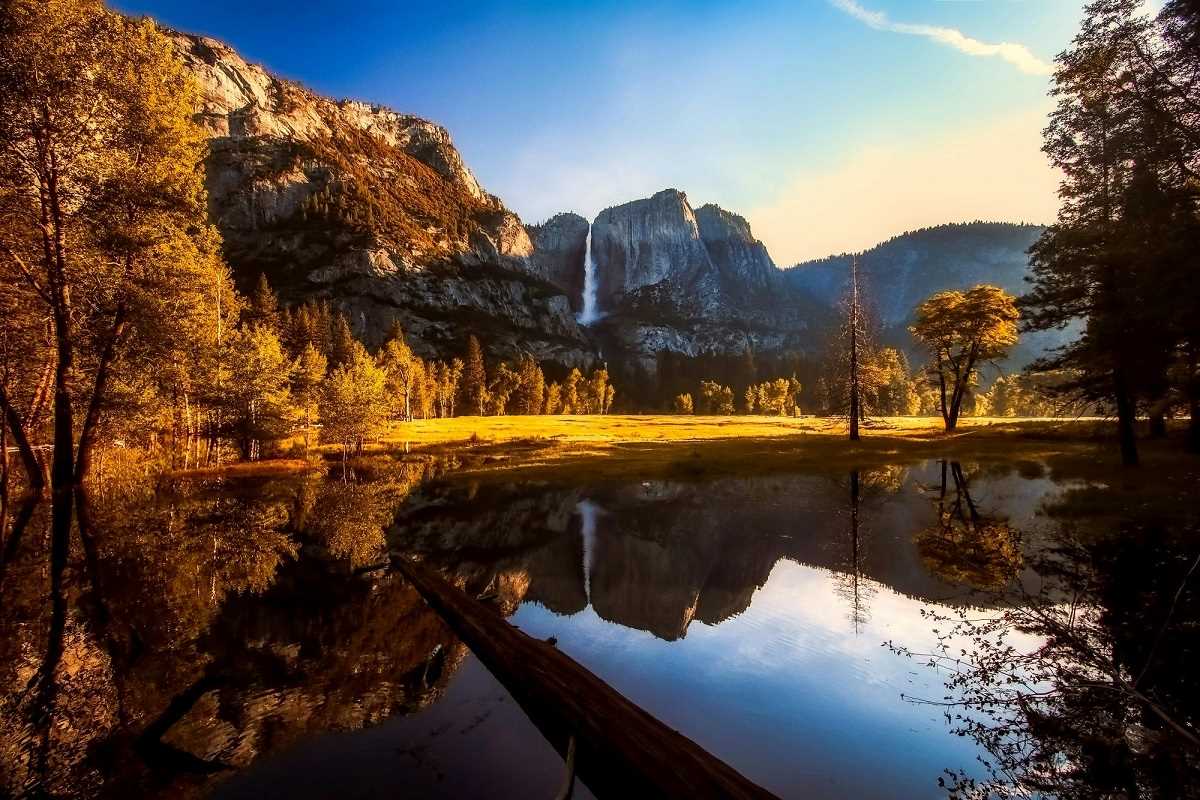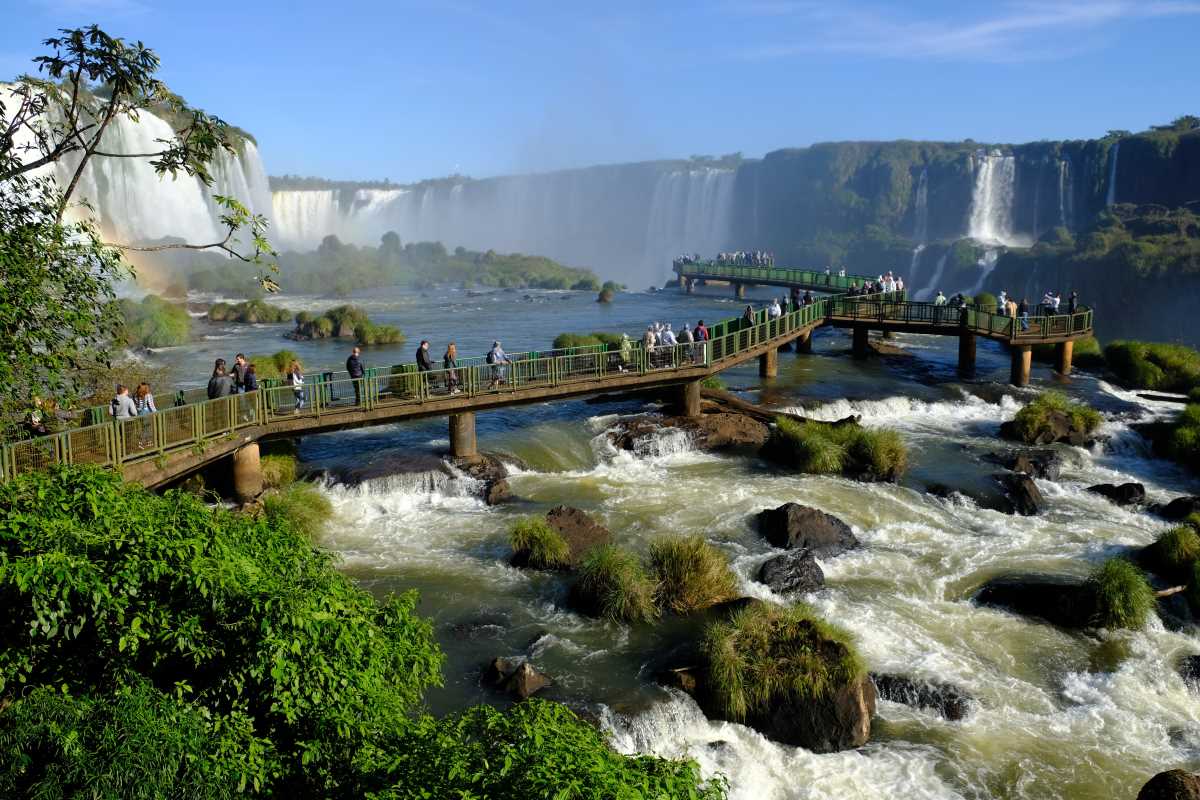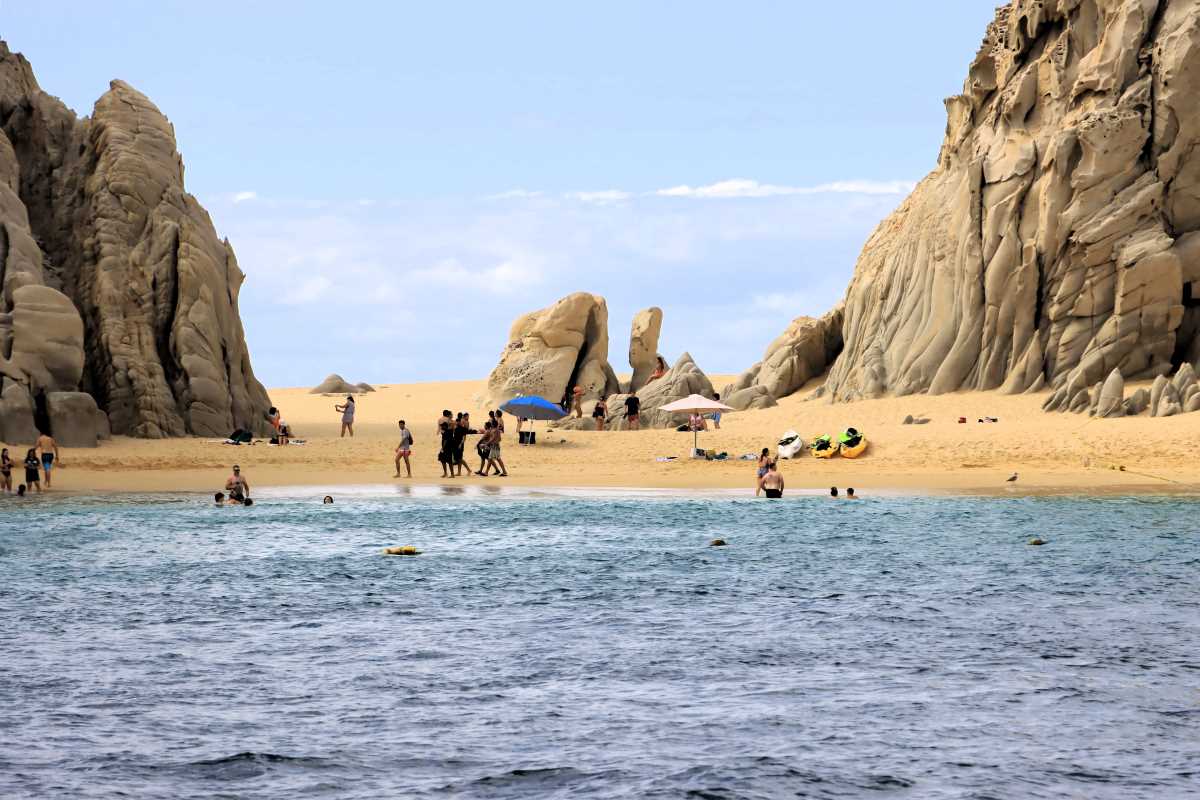For nature lovers, there’s nothing quite like visiting a national park. These protected areas showcase breathtaking landscapes, incredible wildlife, and endless opportunities for adventure. However, as amazing as national parks are, they can get incredibly crowded during peak visitor seasons, leaving you battling for parking spots, trail space, and even a moment of peace to soak in the views.
If you’re looking for a quieter, more personal experience, the off-season is the perfect time to visit many national parks. The “off-season” usually refers to months when the park sees fewer visitors due to cooler weather, school schedules, or seasonal activities. But visiting during less busy times doesn’t mean you’re missing out. Many parks become even more magical during their quieter seasons, with unique landscapes, serene trails, and a completely different vibe to enjoy.
Here’s a look at some of the best national parks to visit in the off-season, and why these special times of year might surprise you with what they have to offer.
Yellowstone National Park (Winter Wonderland)
Yellowstone, one of the most iconic national parks in the United States, transforms into a snow-covered paradise during the winter months. Popular during summer for its geysers and wildlife, the park typically sees massive crowds from June through August. But in winter, between December and February, the park is wonderfully quiet, with much of the area feeling untouched.
During the off-season, steam rises dramatically from geysers like Old Faithful, contrasting against the frosty landscape. Wildlife like bison, elk, and wolves are still out and about, and they’re easier to spot against the snowy backdrop. Activities like snowshoeing, winter hiking, and cross-country skiing are fun ways to explore the park. You can even take a guided snow coach tour to access areas of the park that are otherwise inaccessible due to snow. Yellowstone's winter charm is a stark yet stunning contrast to its bustling summer energy.
Yosemite National Park (Cool, Calm, and Peaceful)
Most people visit Yosemite in the summer to hike through its famous trails and see landmarks like Half Dome and Yosemite Falls. However, the cooler months of late fall, winter, and early spring bring a peacefulness that is hard to find in the crowded peak season.
By visiting Yosemite between November and March, you’ll avoid the busloads of people that flood the park in warmer months. Wintertime blankets the valley with snow, offering a serene atmosphere and picture-perfect views of Yosemite’s granite peaks. Even in the lower-elevation areas, mist and gentle rains add a mystical quality to the landscape.
If you’re lucky, you might catch Yosemite Falls still flowing, though snowfall often turns smaller waterfalls into icicle formations by December. For adventurous visitors, Badger Pass Ski Area offers downhill skiing, snowboarding, and snowshoeing opportunities during the winter season. Yosemite’s off-season highlights its quieter, more tranquil side.
Zion National Park (Mild Weather and Brilliant Colors)
Zion National Park in Utah is known for its dramatic red-rock cliffs and thrilling hikes like Angels Landing. While many visitors flock here in the summer, winter is when this park really shines for those who hate crowds and high temps.
The off-season (November to February) brings cooler weather, making hikes much more enjoyable compared to the sweltering heat of summer. Imagine strolling through Zion Canyon with crisp air and wide-open views, the sandstone walls glowing even brighter under the soft winter sun. Some trails, like the Riverside Walk, remain accessible during this time, and you’ll have more space to truly enjoy the experience.
The colder months are also perfect for photographers, as the unique winter light creates breathtaking contrasts and highlights the park’s natural colors. Bonus? Shuttle buses aren’t required in the off-season, so you can explore the park at your own pace without a schedule.
Acadia National Park (Fall Foliage Magic)
Acadia National Park in Maine is a summer favorite due to its variety of hiking trails, rocky shorelines, and beautiful coastal scenery. But if you visit during fall (mid-September to October), you’ll encounter a dazzling transformation as the park’s trees burst into vibrant shades of red, orange, and yellow.
This time of year is still considered the off-season for Acadia since most tourists leave after Labor Day. With fewer crowds, you can explore the park’s famous drives, like Park Loop Road, without the congestion of summer traffic. Sunrise from Cadillac Mountain is another must-see, as you’ll be one of the first people in the U.S. to watch the sun break over the horizon.
Fall in Acadia also means cooler but comfortable temperatures, which makes hiking a breeze. Trails like Jordan Pond Path and Beehive Loop become even more enjoyable without the summer throngs. Don’t forget to stop in Bar Harbor for some warm lobster stew after your adventures!
Great Smoky Mountains National Park (Serene Winter Forests)
The Great Smoky Mountains National Park, straddling the border between Tennessee and North Carolina, is the most visited national park in the United States. Its accessibility and stunning landscapes make it a top pick year-round, but the off-season (December through February) is when you can truly enjoy the forested beauty in peace.
Wintertime in the Smokies offers a serene atmosphere with frost-tipped trees and quiet trails. The iconic Cades Cove loop is far less crowded, and you might even spot deer or black bears out in the open. Popular hikes like Alum Cave Trail and Laurel Falls are much calmer during the off-season, allowing you to take in the beauty without feeling rushed or crowded.
The park’s famous fog, which gives the Smoky Mountains their name, takes on an extra layer of mystique in the colder months. Add in snow-dusted peaks, and you have a dreamlike setting that feels miles away from daily chaos.
Grand Canyon National Park (Sunsets Without the Crowds)
The Grand Canyon is undeniably one of America’s most famous landmarks. Unfortunately, summer months often mean packed viewpoints and challenging weather due to high temperatures. Luckily, visiting in the off-season (December through February) offers a vastly different experience.
During winter, the South Rim remains accessible, and the dramatic canyon views are even more striking when dusted with a thin layer of snow. Temperatures can be chilly, but with proper layering, hiking trails like the Bright Angel Trail or South Kaibab Trail become far more manageable without the heat and foot traffic.
Since there are fewer tourists, you’ll have an easier time finding parking, getting great spots for sunset views, and enjoying the solitude of one of nature’s most awe-inspiring wonders. It’s a peaceful and almost meditative way to experience this iconic destination.
Everglades National Park (Cooler Temps, Better Wildlife)
Located in Florida, Everglades National Park is known for its incredible wetland ecosystem and famous residents like alligators and manatees. While the summer season is hot, humid, and buggy, winter and early spring (the off-season for tourists) bring cooler temps and much more enjoyable conditions for exploring.
From December to March, the lower humidity and dry season mean you can comfortably kayak through mangrove tunnels, take an airboat tour, or bike the Shark Valley Trail without breaking too much of a sweat. Wildlife viewing is also at its peak during this time because animals tend to gather around shrinking water sources. You’ll have the chance to see everything from crocodiles to diverse bird species, all thriving in their natural habitat.
 (Image via
(Image via





.jpg)